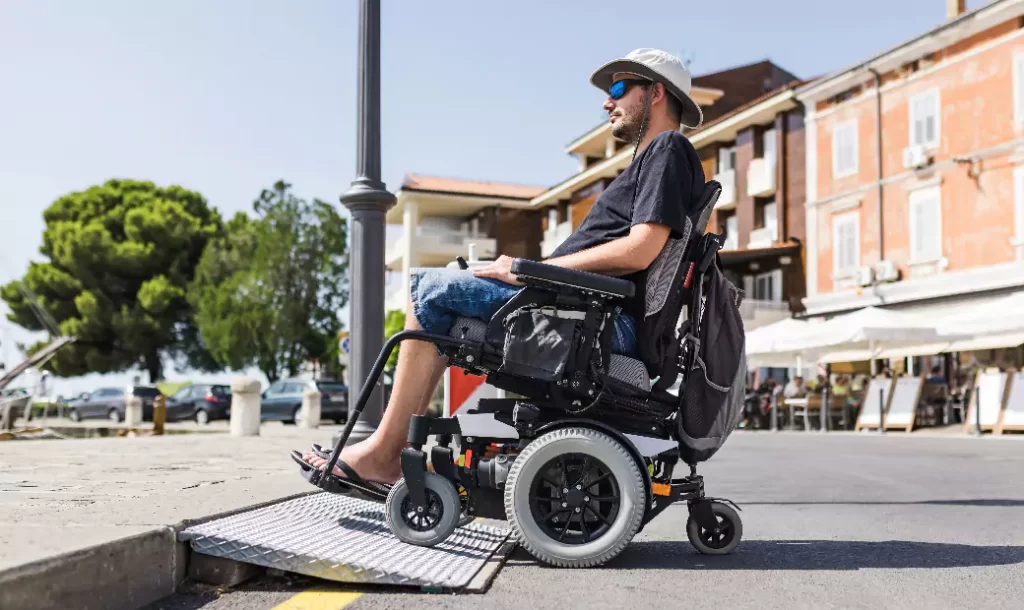Contact Us
The Rise of Motorized Wheelchairs: How Technology Improves Accessibility
2025-07-17
A New Era of Mobility and Independence
Electric-powered wheelchairs are transforming the way people with mobility impairments navigate their daily lives. As technology advances, these motorized devices are no longer just assistive tools—they represent freedom, autonomy, and social inclusion. In an increasingly aging society, their role has never been more vital.

What Is an Electric-Powered Wheelchair?
An electric-powered wheelchair is a battery-operated mobility device that allows users to move independently with minimal physical effort. Equipped with motors and controllers, these wheelchairs are particularly beneficial for individuals with limited upper body strength, neuromuscular disorders, or chronic fatigue conditions.
Technology and Innovation in Motion
Recent years have seen major developments in electric wheelchair design and functionality. Modern features include programmable joystick controls, adjustable seat positions, obstacle-detection systems, and improved battery life. These innovations allow users to safely navigate various indoor and outdoor environments.
| Feature | Manual Wheelchair | Electric-Powered Wheelchair |
| Physical Effort Needed | High | Very Low |
| Average Speed | 2–3 mph | 4–6 mph |
| Terrain Adaptability | Limited | High |
| Customization Options | Moderate | Extensive |
| Cost Range | $200–$800 | $1,500–$5,000+ |
Improving Lives: Who Benefits?
Electric-powered wheelchairs improve the quality of life for a wide range of users:
-
Elderly individuals with limited mobility
-
Patients with spinal cord injuries or degenerative diseases
-
People with cardiovascular or pulmonary conditions
-
Long-term wheelchair users seeking more independence
Accessibility and Urban Inclusion
As inclusive urban planning gains momentum, electric-powered wheelchair users are benefiting from more accessible infrastructure—such as ramps, elevators, and public transportation systems. However, gaps in accessibility persist, particularly in rural or developing areas.
Ongoing Challenges
While the benefits are clear, challenges remain:
-
High costs and inconsistent insurance coverage
-
Infrastructure limitations in less developed regions
-
Battery maintenance and charging logistics
Addressing these issues requires continued public policy support, universal design standards, and expanded mobility funding programs.
Conclusion
The electric-powered wheelchair represents more than a technological device—it embodies a commitment to inclusion and human dignity. With ongoing innovation and global advocacy, powered mobility continues to break down barriers, giving millions of people a more independent and empowered future.


